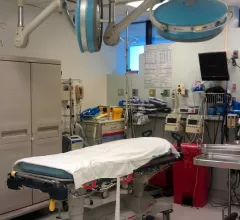Point-of-care ultrasound, aka “POCUS,” may not be great for finding what x-rays miss in children’s injured ankles, but it proved specific enough in a recent pilot study to recommend itself for ruling out significant ligament tears and radiographically occult bone damage.

